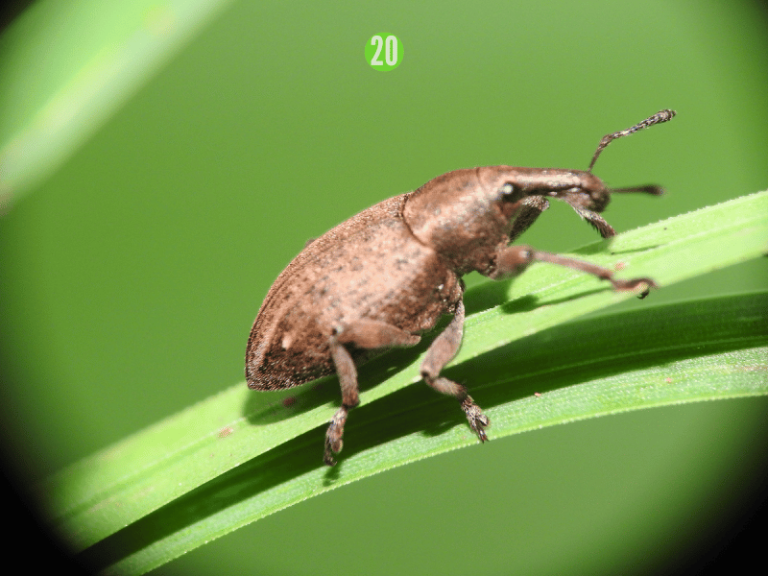Humans have noses. Pigs, horses, cows, and sheep also have noses. Although the appearance of their noses may not be like that of a human’s, at least two large nostrils can be seen above or near their mouths. Insects are very small animals, and it’s difficult for us to see whether they have noses or nostrils with the naked eye. However, when we observe them under a microscope, we can see circular spiracles on their thoracic and abdominal surfaces or between segments, through which they breathe. Spiracles do not have a smelling function. However, in daily life, we easily perceive that some insects have a particularly keen sense of smell. In summer, as soon as you place food on the table, flies quickly gather around it; in spring, when flowers bloom, bees come from afar to collect nectar. What do they use to smell? Through research, it has been found that the olfactory organs of flies and bees are mainly located on their antennae. If their antennae are removed, they lose their ability to react to odors. Some insects have olfactory organs distributed on the hairs of their body surfaces.
Among insects, there is a type of beetle called the weevil, not because it has a long nose, but because the front end of its head is elongated, resembling the trunk of an elephant. Therefore, we call it the weevil. However, this is completely different from the noses of higher animals.

